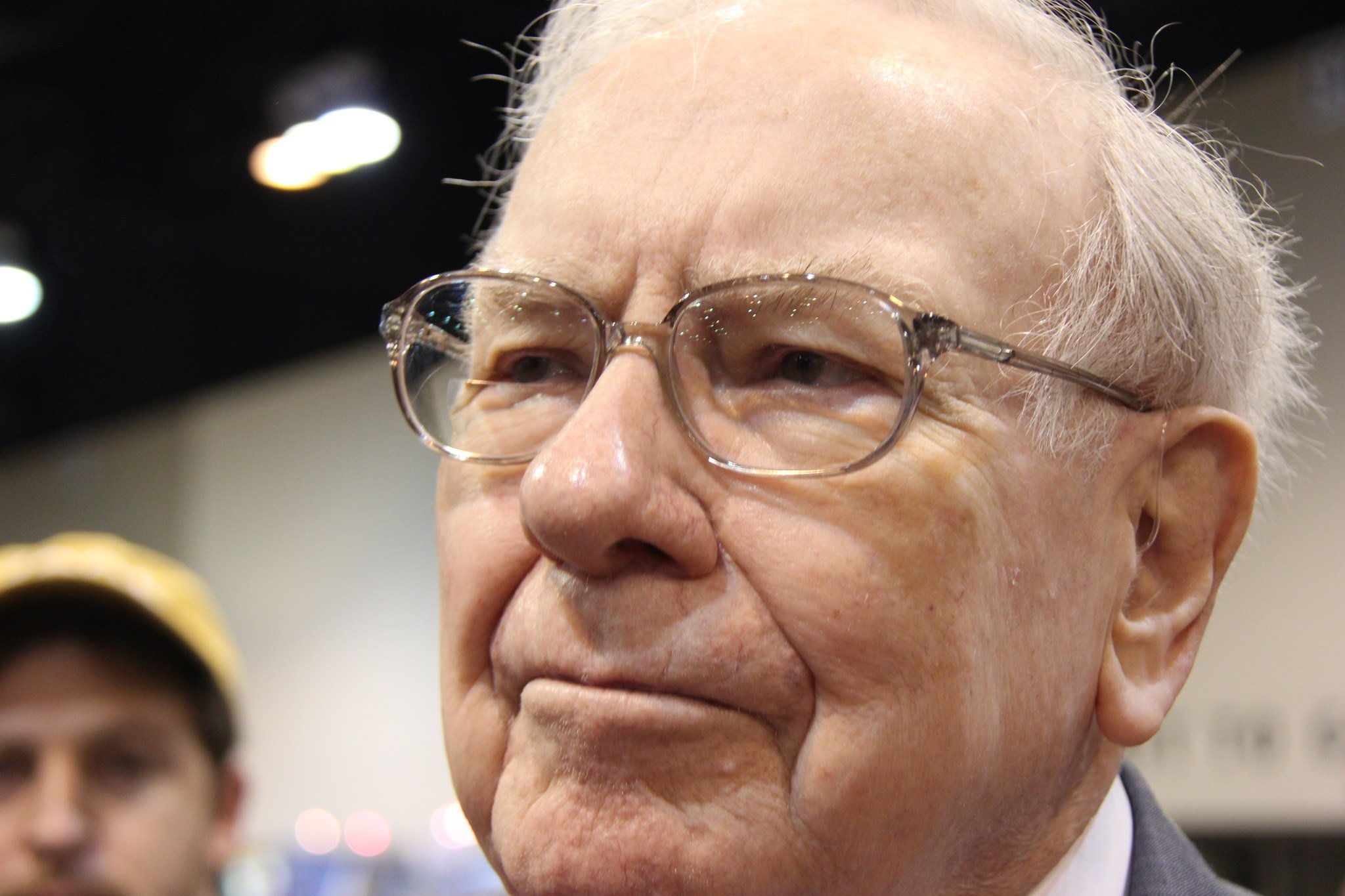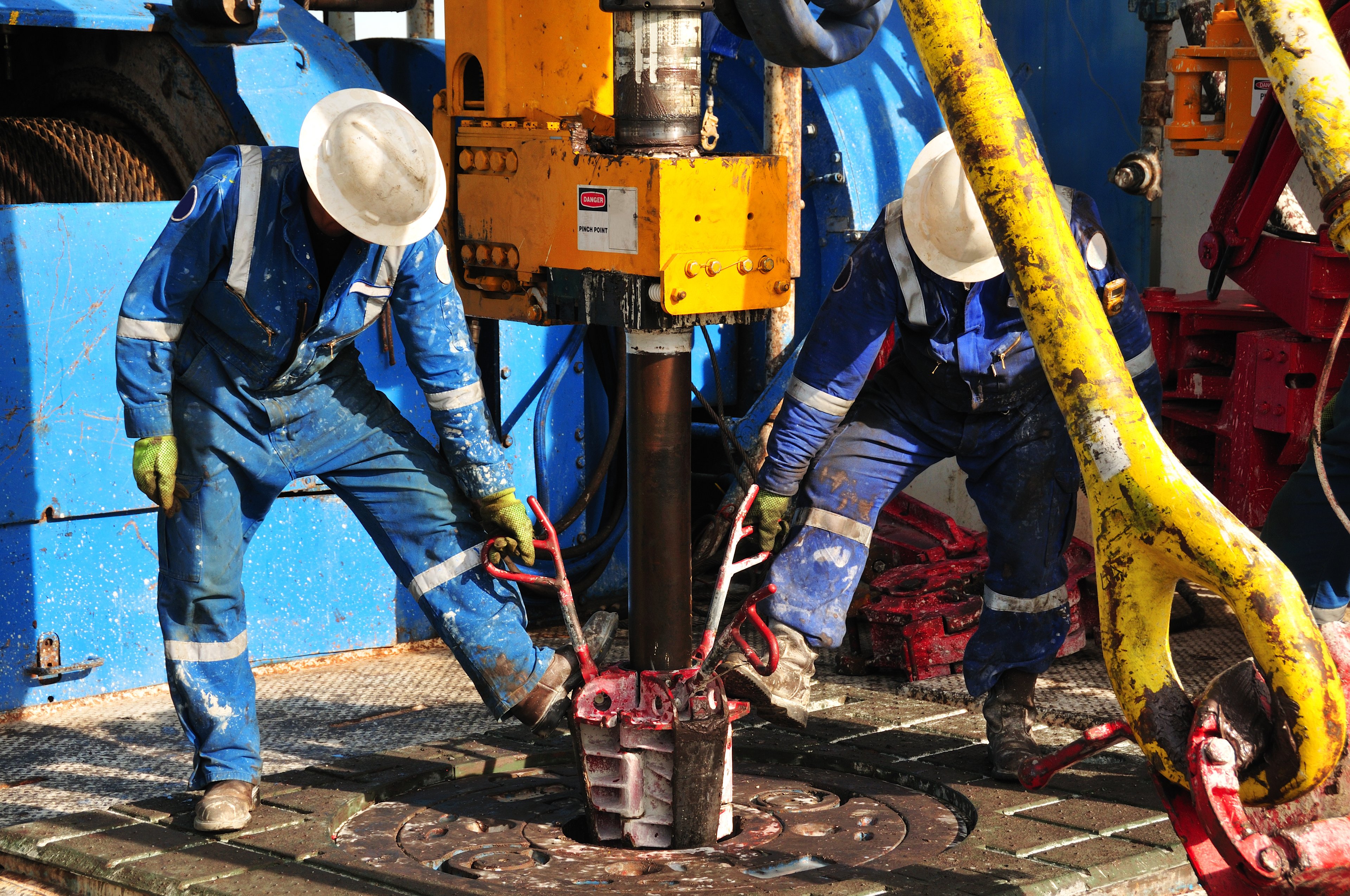
Source: ConocoPhillips.
It's been said that the best-laid plans of mice and men often go awry. That old saying has been proven true during the current oil market downturn, where it seems like the plans of every single oil company have gone up in smoke. That's certainly true of ConocoPhillips (COP 1.24%), with the company detailing three surprising changes to its plans in its fourth-quarter report.
Surprise! We're slashing the dividend
After spending the past year-and-a-half assuring investors that the dividend was "safe" and its "top priority," ConocoPhillips is now backtracking a bit on that plan. With the price of oil weakening considerably during the past few months, and no expectations that it will improve, the company has decided to reduce the dividend from $0.74 per share to $0.25 per share.
In commenting on the change of plans, CEO Ryan Lance said that:
While we don't know how far commodity prices will fall, or the duration of the downturn, we believe it's prudent to plan for lower prices for a longer period of time...The decision to reduce the dividend was a difficult one. The dividend has been, and will continue to be, a top priority. We still intend to provide a competitive dividend, while significantly lowering the breakeven price for the company and substantially reducing the level of borrowing in 2016. Our actions also position us to deliver strong absolute and relative performance as prices recover.
While ConocoPhillips' dividend had been its top priority, it has now been superseded by a focus on ensuring that its financial condition doesn't deteriorate during the downturn. In cutting the dividend, the company will save billions of dollars in 2016, which is money it would have otherwise needed to borrow.
Surprise! We couldn't fully replace all of our reserves
A key metric that investors use to judge the operating performance of an oil and gas company is its reserve-replacement ratio. Investors want to see an oil company replace 100% of the reserves it produces each year, and ideally grow reserves. If a company doesn't, it runs the risk of eventually pumping itself out of business.
While that's not a risk ConocoPhillips has to worry about just yet, the company announced that its adjusted reserve-replacement ratio was just 86% for 2015. That's in stark contrast to 2014, when the company replaced 124% of its production.
The big difference in 2015 was the fact that weaker oil prices forced the company to remove reserves from its books that are no longer economical to produce. While those reserves can be rebooked when prices improve, if prices remain low, the company's economical production options could eventually run dry.
Further, it's also worth noting that fellow oil giant Chevron (CVX 0.13%) had no problem fully replacing its reserves last year. Chevron actually reported a strong reserve replacement ratio of 107% for 2015, which was actually well above the 89% it delivered in 2014. Chevron accomplished this fete by adding large reserves from its Wheatstone project in Australia, as well as delivering strong drilling results in the Permian Basin.
Surprise! We're just keeping production flat
The final surprise ConocoPhillips announced this quarter was its decision to further pull back on capex spending so that its production in 2016 will be roughly flat year over year. That's a big change from its guidance in December, when the company expected production to grow by 1% to 3% over its 2015 average.
The reason production is no longer expected to grow is because the company is further cutting back on its capex budget, lowering it from $7.7 billion to $6.4 billion, primarily reducing planned spending in U.S. shale plays. This spending reduction will result in production from shale plays declining at a faster pace than its prior guidance because the company won't be drilling enough new wells to offset the decline in production from legacy wells.
Investor takeaway
In a perfect world, ConocoPhillips would like to have grown its dividend and production while replacing more than 100% of its reserves. However, with oil prices remaining weak, those plans have gone awry, forcing the company to alter its course. Its new plan is expected to get it through 2016 without any further deterioration to its balance sheet, assuming, of course, oil prices don't continue to plummet.






